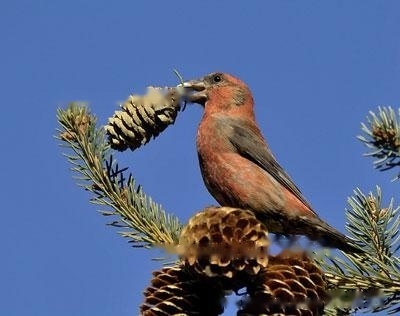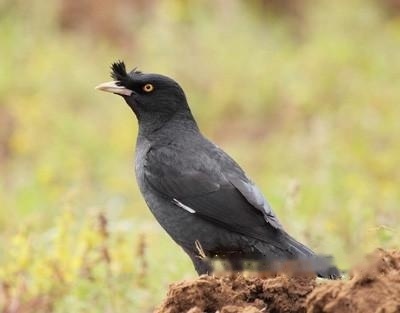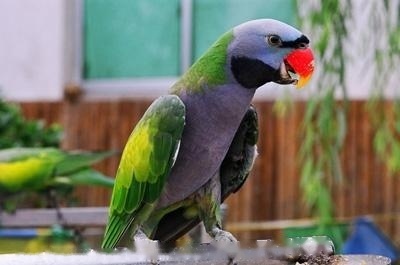Tibetan Snow Chicken (scientific name: Tetraogallus tibetanus) has a body length of 53 cm and a body shape similar to that of a domestic chicken. The head, chest and occiput are gray, the throat is white, the eyebrows are pale, the white ear feathers are sometimes dyed yellow, and there are white round patches on both sides of the chest. The exposed skin around the eyes is orange. The wings are gray and white with fine lines, and the tail is gray and the feather margins are russet. The underparts are pale with black fine lines. The subspecies changed from the western named subspecies with darker color and black spots on the throat to the eastern subspecies Qinghai subspecies and Sichuan subspecies with lighter color and lighter yellow skin.
Inhabits rocky alpine meadows and rocky beaches, reaching as high as 4,500 meters above sea level in summer and as low as 2,500 meters above sea level in winter. Likes to be in groups, active during the day, from dawn to dusk, often walking up the mountainside for food until the top of the mountain. Timid and alert in temperament, he flees when he sees danger from a distance. Pecking at the bulbs, roots, grass and small animals of plants. Distributed in the Himalayas, from the Pamirs to the Mishumi Mountains and the entire Tibetan Plateau.
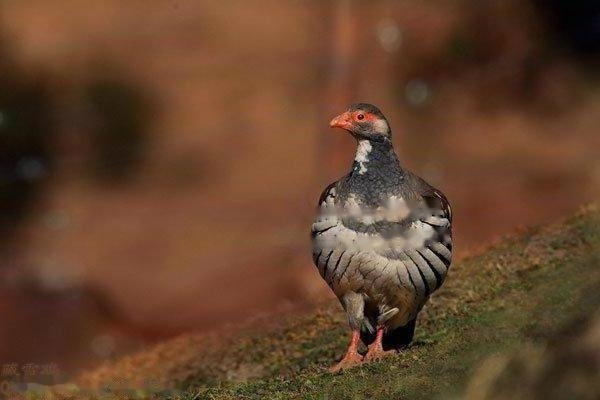
【Distribution】
Distributed in Bhutan, China, India, Nepal and Tajikistan. Tibetan snow chickens are widely distributed in various regions of Tibet, China, and are also distributed in the alpine areas of Xinjiang, Gansu, Qinghai, and Sichuan around the Qinghai-Tibet Plateau, but the number is very rare.
【Reproduction method】
The breeding season begins from April to May every year, when the male birds become extremely active, and they frequently send out rapid and high-pitched beeps. Courtship calls are accompanied by flapping wings, especially in the early morning. Groups are also gradually dispersed and paired. The mates are monogamous. In order to compete for territory and mates, the males often peck each other on the rocks and collide with each other until the other side is defeated. When courting, the male's body leans forward, the tail is upturned and fanned out, and the neck is stretched forward, chasing after the female. After mating, they start to build their nests. The nests are very hidden and placed in the grass in the cracks of bare rocks, in the crevices and caves under the cliffs and rocks. The nests are sheltered by shrubs and weeds. The nest is very simple, with only a little hay, wool and feathers in it. The size of the nest is 40-47 cm in diameter and 8-10 cm deep.
Each litter lays 4-7 eggs, up to 13 eggs, one egg is laid every 1-2 days, and all eggs are laid every 10-15 days. The color of the eggs varies greatly, including gray-brown, yellowish-white, olive-brown, and yellow-skinned, etc., with earth-brown or reddish-brown spots on them, more tips, and fewer blunt ends. The average egg size was 57.4-68 x 40.3-45 mm and the average weight was 52.3-56.4 g.
The hatching process is entirely undertaken by the female bird, while the male bird guards and guards the nest area. The female birds hatch in the nest except for going out once a day and foraging for about half an hour. The incubation period of Tibetan snow chickens varies in different regions, 27 days in Tibet, 26 days in Xinjiang, and 19-22 days in Gansu.
Chicks hatch as early as early June. It weighs 75 grams when it is just hatched, and is covered with black enameled down feathers, with a black mouth and pale yellow legs. It can walk on the ground one day after hatching, and can feed with the female bird on the third day. At night, the parent bird spends the night in a sheltered place, and can fly after two weeks after hatching.
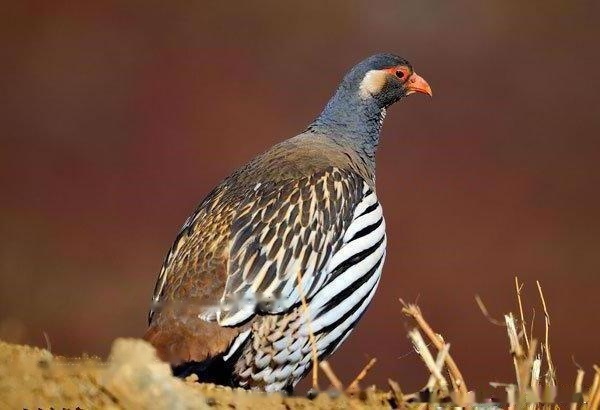
【Population Status】
Total in Tibet About 200,000, the highest density is about 0.06 per hectare; the total number in Qinghai is more than 1 million, and the density of typical habitats is 0.27 per hectare; while the density in southern Xinjiang, western Sichuan and other places is slightly Low, about 0.01 per hectare. Since the 1970s, the number of Tibetan snow chickens has declined, especially in areas with developed transportation and large populations.
The main natural enemies of Tibetan snow chickens: lynx, fox, eagle, vulture, and poachers. Hunted as a medicinal ingredient, traditional Chinese medicine theory believes that Tibetan Snow Chicken is nourishing, strong, calming and detoxifying, and thus is exploited.
The species has a wide distribution range and is not close to the critical value standard for vulnerable and endangered species survival (the distribution area or fluctuation range is less than 20,000 square kilometers, habitat quality, population size, and fragmentation of the distribution area), population trends Stable, so it is rated as a species with no existential crisis.
【Protection level】
Included in China's national key protection level: Level 2; Effective date: 1989 Included in the International Union for Conservation of Nature (IUCN) ) 2013 Red List of Threatened Species ver 3.1 - Low Risk (LC).
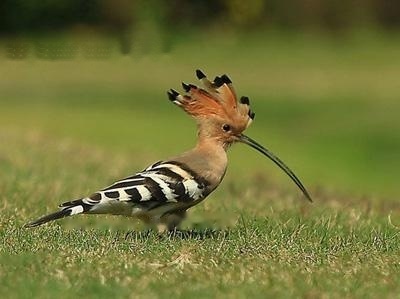


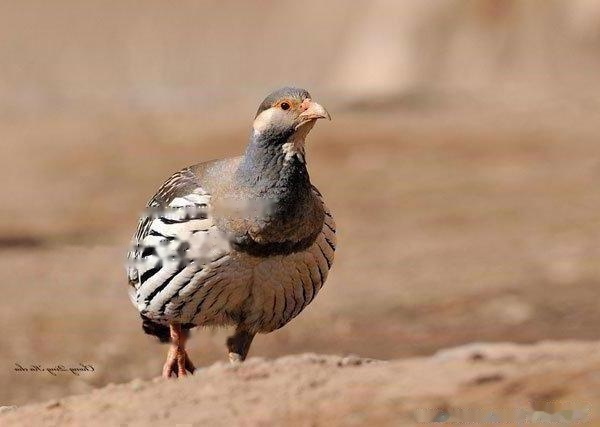 Features
Features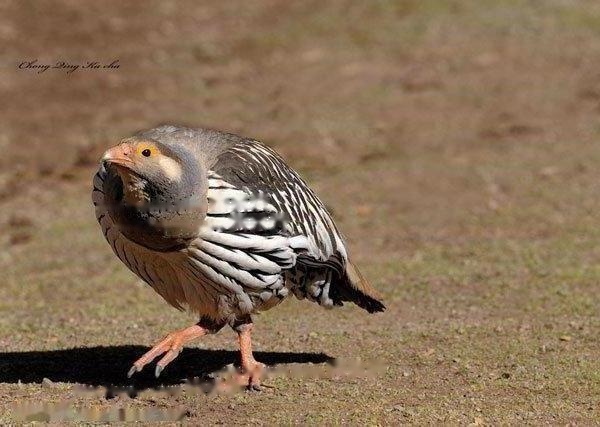 【Habitat】
【Habitat】 
